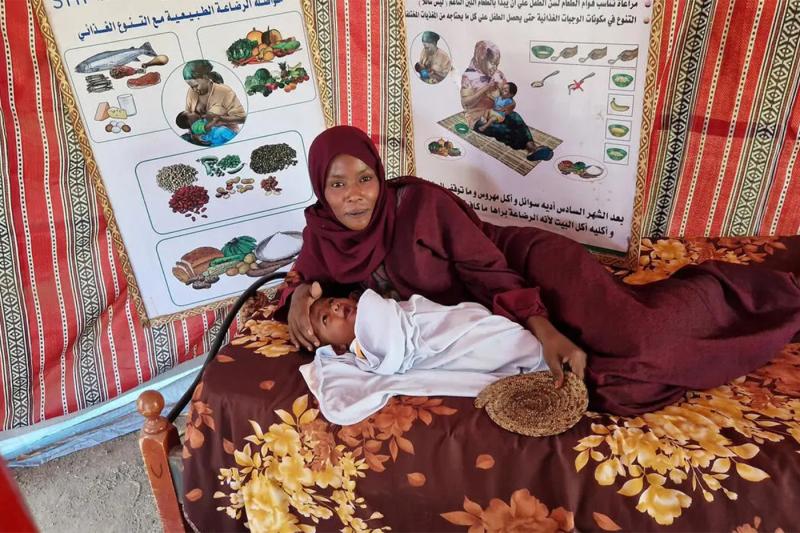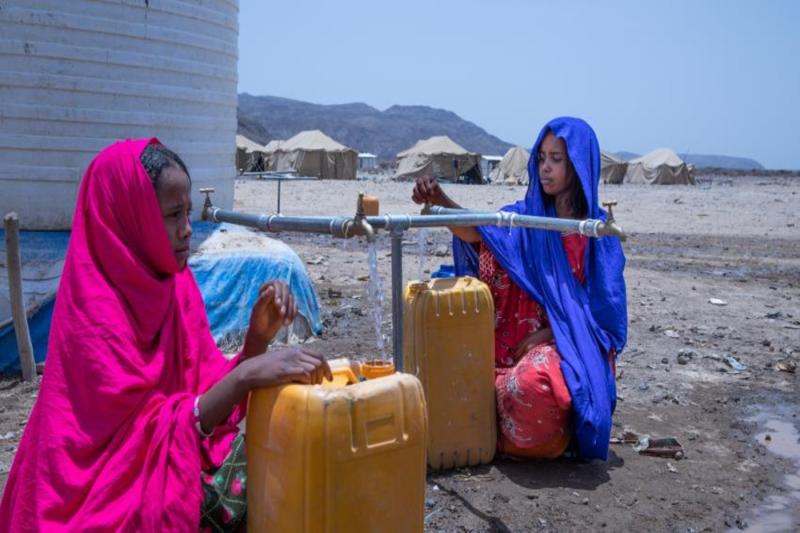
UN allocates $100 million to fight hunger in Africa and the Middle East
(New York, 14 April 2022): The United Nations is rushing US$100 million of aid to hunger hotspots in Africa and the Middle East as the spillover effects of the Ukrainian conflict threaten to drive millions even closer to famine.
The UN humanitarian chief, Martin Griffiths, today allocated $100 million from the Central Emergency Response Fund (CERF) to relief projects in six African countries and Yemen.
The money will enable UN agencies and their partners to provide critical food, cash and nutritional help as well as other provisions, including medical services, shelter and clean water. Projects will also be tailored to help women and girls through a crisis that exposes them to additional risks.
The new funding will support humanitarian operations, with $30 million for the Horn of Africa divided between Somalia ($14 million), Ethiopia ($12 million) and Kenya ($4 million). The remaining allocations are as follows: Yemen ($20 million), Sudan ($20 million), South Sudan ($15 million) and Nigeria ($15 million).
Armed conflict, drought and economic turmoil are the main drivers of food insecurity in the seven recipient countries. But the Ukraine conflict is making a dire situation even worse, disrupting food and energy markets, and driving up the cost of imports beyond the reach of consumers. In March, the Food and Agriculture Organization's global food price index hit its highest level since 1990.
Food insecurity is measured on a five-point scale called the Integrated Phase Classification (IPC). Phase 5 is a situation in which “starvation, death, destitution and extremely critical acute malnutrition levels are evident.” A full-blown famine is declared when hunger and death rates pass certain thresholds.
In Yemen, 161,000 people are projected to face the catastrophic Phase 5 level by midyear; in South Sudan, 55,000 people may already be experiencing it. In Somalia, 81,000 people could also face the same if rains fail, prices continue to rise and assistance is not scaled up. Millions more people in these countries are not far behind, living on the threshold of catastrophe.
In Sudan, Nigeria and Kenya, about 4.5 million people are already, or soon will be, facing emergency levels of hunger (IPC Phase 4). In Ethiopia, Somalia and Kenya, the allocation will boost the life-saving response to the worst drought in recent history.
"Hundreds of thousands of children are going to sleep hungry every night while their parents are worried sick about how to feed them. A war halfway around the world makes their prospects even worse. This allocation will save lives," said the Emergency Relief Coordinator, Martin Griffiths.
As UN Secretary-General António Guterres said on Wednesday, the Ukraine conflict has triggered a “global and systemic emergency” across the food, energy and financial sectors. He was launching a new UN report containing a sweeping range of measures, from increased aid and fertilizer supplies, to debt relief, and releases of strategic food and fuel reserves to limit the risk of “alarming cascading effects” that threaten as many as 1.7 billion people.
In the past six months, CERF has allocated over $170 million to address rising food insecurity in these seven and other countries, including this new funding. Previous CERF allocations for drought response were made for Somalia, Kenya, southern Ethiopia, Angola, Madagascar, Mali and Niger.


